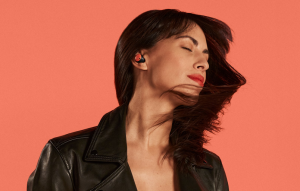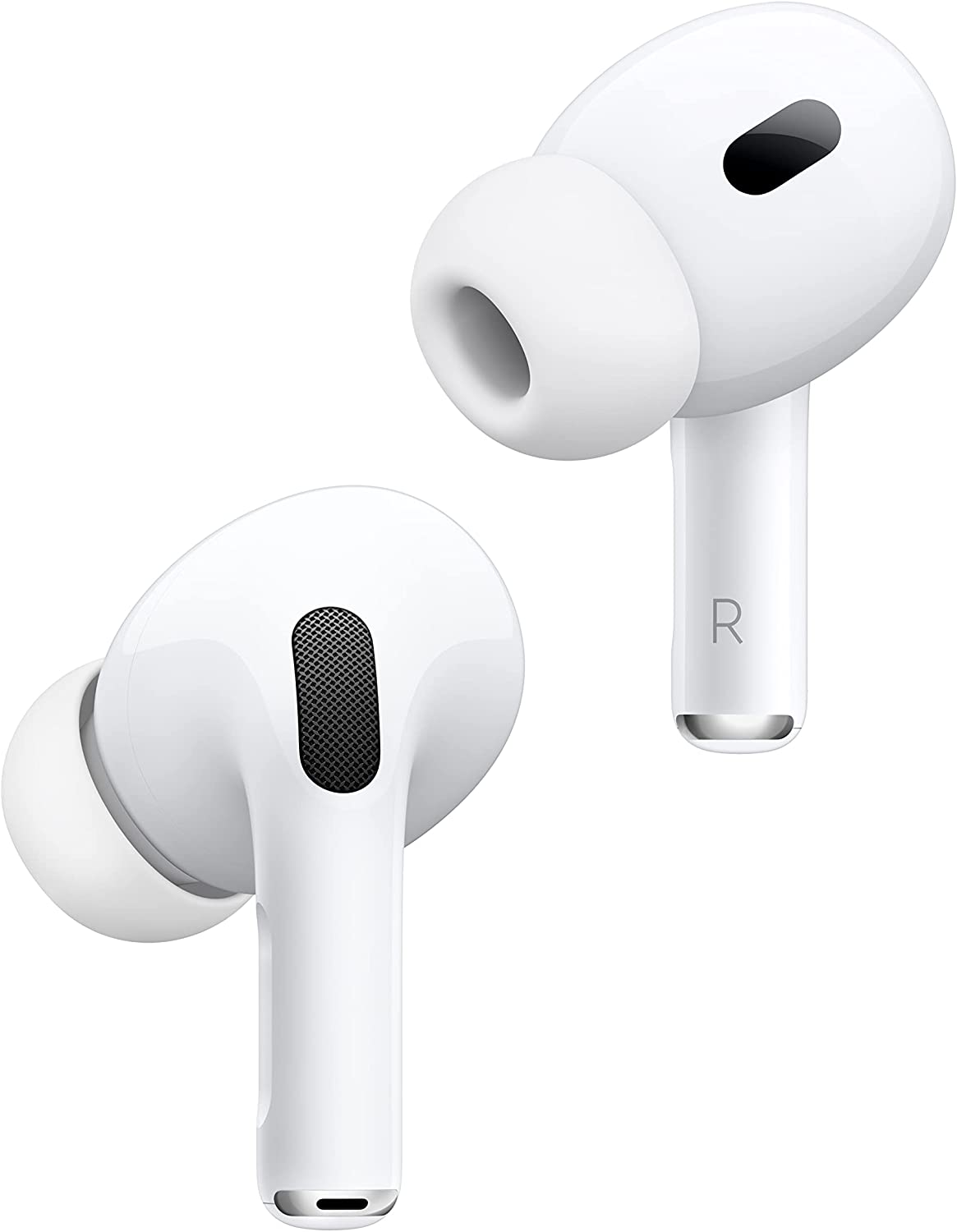Let’s be honest—not all wireless earbuds are created equal, and that becomes painfully obvious the moment you try to drown out city noise with a model that promises ANC but delivers a tin can experience. We’ve all been there. You’re halfway through your commute, you hit play, and instead of the bass kicking in, it feels like you’re eavesdropping on your neighbor’s playlist. That’s why choosing between the Google Pixel Buds Pro and the Apple AirPods Pro 2 isn’t just a casual decision—it’s one that can seriously affect how you experience sound every day.
We’ve used both in every setting you can imagine—early morning runs, chaotic video calls, late-night YouTube marathons. And the contrast? Sometimes subtle, sometimes glaring. The Pixel Buds Pro bring a level of battery life and cross-device freedom that feels like a breath of fresh air, while the AirPods Pro 2 double down on immersive audio tech and that classic Apple ease. So let’s cut through the buzzwords and marketing lingo and see which one of these buds really delivers on what matters.
Design that doesn’t try to please everyone
![]()
You’d think tiny earbuds couldn’t be more different, but here we are. The Pixel Buds Pro go for a compact, stemless design with bold color options like Lemongrass and Coral, and they feel like they were made for people who want a clean, tech-forward look that doesn’t scream “I bought the default.” The case has this soft, rounded finish that almost makes you want to fidget with it—like a modern pebble you’d find in a design museum.
Meanwhile, the AirPods Pro 2 stick with Apple’s signature stem and all-white aesthetic, which feels almost nostalgic now. It’s safe, instantly recognizable, and unmistakably “Apple.” Their case is more rectangular, sleeker to slip into a jeans pocket, but there’s no denying it feels a little stiffer in hand compared to the smoother Pixel Buds Pro.
Now here’s something we didn’t expect to notice: Apple includes four ear tip sizes—XS to L—while Google only offers three. And that tiny detail? It actually matters. That extra size option makes a difference for those of us who always feel like one tip is too tight and the next one too loose. That said, both manage to stay put reasonably well during movement, and both are rated IPX4—so yes, you’re safe against sweat and a little rain, but don’t get cocky around the ocean or your bathtub.
The sound: neck-and-neck with a few surprises
It’s wild how far wireless earbuds have come. You slip them in and bam—you’re standing in a concert hall, or at least it feels like it. The AirPods Pro 2 bring their A-game with Apple’s custom H2 chip, and it shows. The spatial audio? Freakishly realistic. Highs are crisp, lows are punchy, and the adaptive noise cancellation molds itself to your surroundings with uncanny precision.
Apple’s adaptive transparency mode takes the cake here, adjusting the level of ambient noise in real time. You walk into a noisy café and the earbuds don’t just open the mic—they adjust so you’re not overwhelmed or isolated. It’s subtle but incredibly effective.
Now, the Pixel Buds Pro aren’t playing catch-up—they’ve got a few tricks of their own. Their 11 mm dynamic drivers produce rich, deep bass and an overall well-balanced sound. They won’t distort even when you crank it. The ANC, powered by a custom six-core chip, performs way better than earlier versions. Still, there’s no spatial audio here, and their transparency mode lacks the real-time finesse of Apple’s.
If spatial sound and live adjustments matter to you, the AirPods have the upper hand. But for pure, balanced listening without the bells and whistles, the Pixel Buds hold their ground.
Call clarity: not just about talking, but being heard
We’ve tested these buds in windy parks, busy streets, echoey kitchens—places where calls usually sound like a submarine broadcast. Apple’s two-mic-per-bud system somehow still picks up cleaner voice audio than Google’s three-mic setup. It’s honestly a little baffling.
The AirPods Pro 2 deliver clearer voice pickup with better noise isolation, making them ideal for people who live on Zoom or have to take calls on the move. You don’t get that annoying muffled effect or weird ambient noise cutting in. Voice sounds natural, and background noise stays in the background.
The Pixel Buds Pro still do a decent job indoors or in moderate noise, but take them onto a windy street and the difference becomes obvious. Voices sound a little thinner, a little more processed. If your priority is call quality above all, the AirPods inch ahead.
Controls that finally feel human

Nothing kills the mood like fumbling to pause a song when your hands are full. Thankfully, both earbuds finally understand that we don’t want to dig into our phones every five minutes.
Google keeps things elegant: tap and swipe gestures on the Pixel Buds Pro let you skip tracks, adjust volume, or call up Google Assistant. Everything responds quickly, and the flat, round surface is easy to use without accidental triggers.
Apple finally added swipe volume control on the AirPods Pro 2, and it’s about time. Combined with the squeeze gestures and the ever-present Siri integration, it all feels second nature once you get the hang of it. You squeeze the stem and it clicks—literally—so there’s no second-guessing whether it worked.
Both are intuitive. Both avoid accidental presses. It’s rare to find a draw in features, but in this case, the controls are equally well-executed.
When connection isn’t just a feature—it’s survival
Here’s where things flip. The Pixel Buds Pro’s multipoint connectivity is a game-changer, especially if you juggle devices like a laptop and a phone. You’re watching a video on your tablet, your phone rings, and without lifting a finger, the audio just switches. That freedom? It feels like magic the first time it happens.
AirPods Pro 2 are fluid—but only inside Apple’s ecosystem. Yes, switching between an iPhone, iPad, and Mac is automatic and buttery smooth. But take them outside that world, and they lose their superpowers. Android users get basic Bluetooth functionality, and that’s about it.
Pixel Buds Pro integrate beautifully with Android and even offer Fast Pair, so setup is a breeze. If you’re not tied to Apple gear, this level of compatibility just feels smarter.
Battery life that keeps the music going
Battery isn’t glamorous until it fails you. That mid-afternoon recharge scramble? We hate it. The Pixel Buds Pro last up to 11 hours with ANC off and around 7 with it on. It’s impressive. You can power through a full workday, no sweat.
AirPods Pro 2 tap out closer to 6 hours with ANC active, which is respectable, but not on the same level. Both cases support wireless charging and give you that handy quick-charge boost—5 minutes in, and you’re good for a couple more hours.
Still, for sheer endurance, Google wins. If you’re a traveler, a long-hour worker, or just forget to charge things (guilty), the Pixel Buds are the safer bet.
Audio extras that feel like science fiction
![]()
Apple went wild here. The spatial audio with dynamic head tracking is downright eerie—in the best way. Turn your head, and the sound stays anchored. Voices feel like they’re floating in front of you. It’s immersive in a way that stereo just can’t touch.
On top of that, the adaptive EQ adjusts sound in real time based on your ear fit, and the personalized spatial audio, scanned using your iPhone’s camera, somehow knows what your ears like. It all sounds absurd until you try it.
Meanwhile, Pixel Buds Pro keep it simple: no spatial audio, no adaptive EQ, just straightforward, high-quality sound. Their Silent Seal tech improves ANC, but nothing here alters the experience at a deep technical level.
If you want future-tech audio features, Apple pulls ahead by a mile.
One last thing…
It’s funny—when we first tried the Pixel Buds Pro, we weren’t expecting much beyond good sound and reliable Android integration. But then came the battery life, the quick pairing, the multipoint support… and slowly, we started reaching for them more often than expected. They’re not flashy, but they work, and they last, and that matters more than you’d think.
But once we put the AirPods Pro 2 in again, it’s like walking into a theater after watching everything on your phone. The soundstage is richer, the tech is more polished, and everything just clicks if you’re already using Apple gear. Call quality is noticeably better, and the audio features—spatial sound, adaptive EQ—aren’t gimmicks. They change the feel of the listening experience.
So here’s the thing: if you’re outside Apple’s walled garden, go Pixel—you’ll get longer use, more flexibility, and strong audio. But if you’re already deep into the Apple ecosystem, or if spatial audio sounds like your idea of fun, the AirPods Pro 2 are in another league. They don’t just play your music. They reshape how it sounds.
And sometimes, that’s worth everything.

